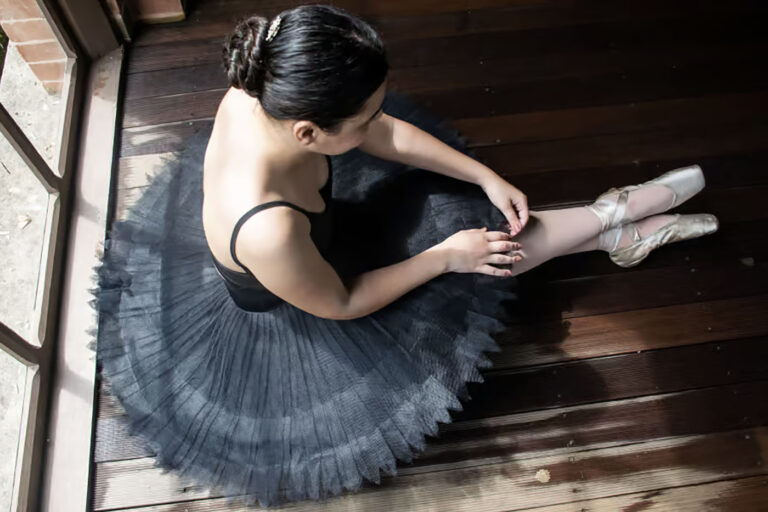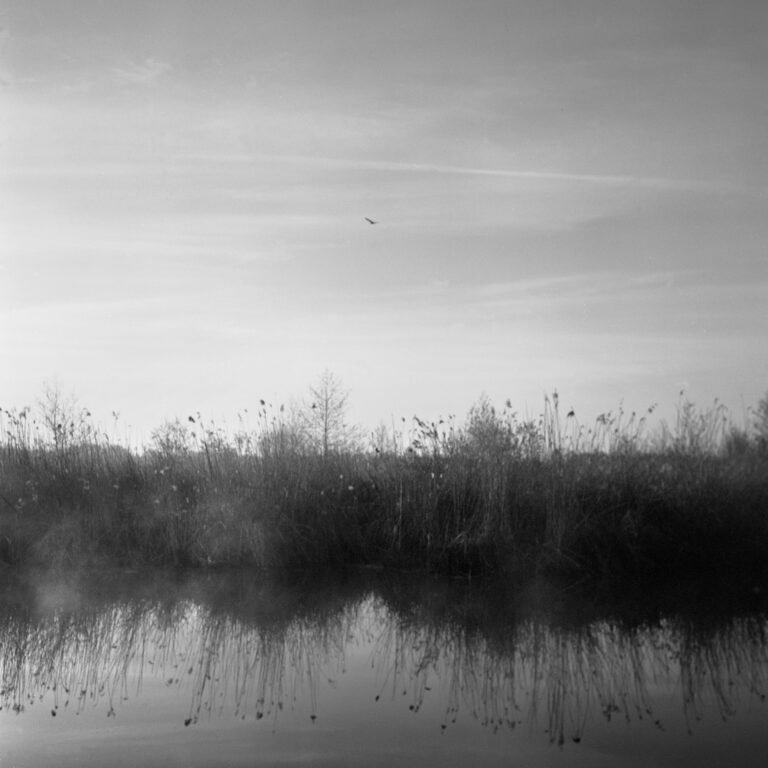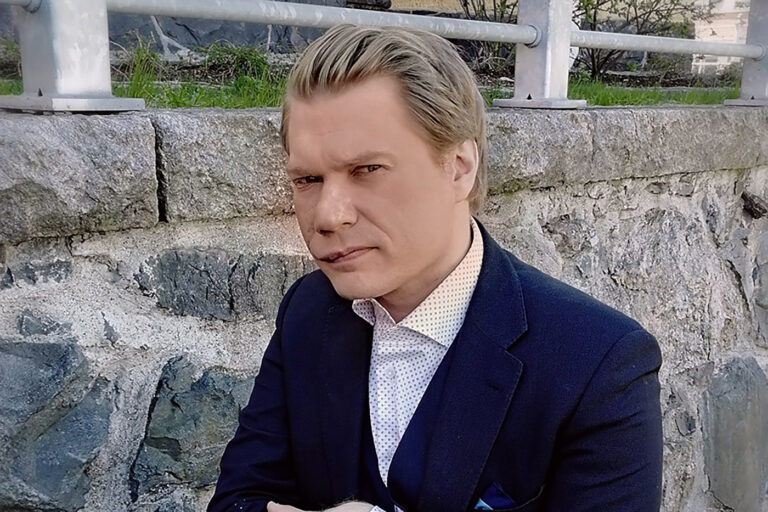Sámi museum objects returning home – repatriation work with Sámi communities awarded a grant of €850,000
Sámi museum objects returning home – repatriation work with Sámi communities awarded a grant of €850,000
Women's headdresses from the collections of the Sámi Museum Siida are identified together with the Sámi community. Photo: Tiina-Maria Aalto

Items belonging to the Sámi culture have been collected for European museums and research institutes since the 17th century, and the looting of Sámi graves for research purposes continued into the 20th century. Around 50,000 Sámi objects are still held in museum collections around Europe.
Today, the way museums have historically acquired their collections is being criticised. By what right were items collected and to whom do they belong?
The Sámi Museum Siida has worked towards the repatriation of Sámi cultural material for decades. In 2021, the National Museum of Finland returned more than 2,200 objects from its Sámi collection to Siida, and repatriation processes are currently underway with a number of European museums. Siida has received several international awards for its work, including the Europa Nostra Award 2022 and the titles of European Museum of the Year and Finnish Museum of the Year 2024.
The Finnish Cultural Foundation granted €850,000 to Siida’s three-year project Ellos min árbi! (Long Live Our Cultural Heritage!), which involves studying and developing a Sámi way of processing the repatriation of objects together with the community. The aim is to publish the knowledge and research results gained to benefit other indigenous museums. The project will also result in the travelling exhibition Máhccan – Homecoming, research articles, a guide on best practices, a podcast series and an international conference on repatriation.
Susanna Pettersson“Museum pieces are physically, culturally and spiritually restored as part of living culture.”
Information about the previous owners and historical use of the returned objects will be collected in workshops. These workshops will provide Sámi communities with the opportunity to connect with the objects their ancestors used by reminiscing about and studying them and by giving them new meanings. Through this community-based provenance research, the knowledge and skills associated with the objects will be once more restored as part of living Sámi culture.
In other words, the repatriation of objects involves more than just moving them from one place to another. It is a symbolic process that reinforces the continuity of Sámi identity and culture.
“The Finnish Cultural Foundation has previously supported Siida in the redesign of its main exhibition. Now, Siida is launching a new and significant opening in museum practice, linking the repatriation of objects to community knowledge as an active process. This means that museum pieces are physically, culturally and spiritually restored as part of living culture,” says Susanna Pettersson, CEO of the Finnish Cultural Foundation.
“We want to explore and develop a Sámi way of researching and repatriating objects and carrying out community work. If successful, our project will provide new knowledge and experience of repatriation that will benefit other indigenous peoples and the museum scene as a whole,” says Taina Máret Pieski, Museum Director of the Sámi Museum Siida.
Sámi Museum Siida is located in the town of Inari. It is a national museum responsible for its special field, Sámi culture, and a regional museum responsible for tasks concerning cultural environments in the Sámi Area.


